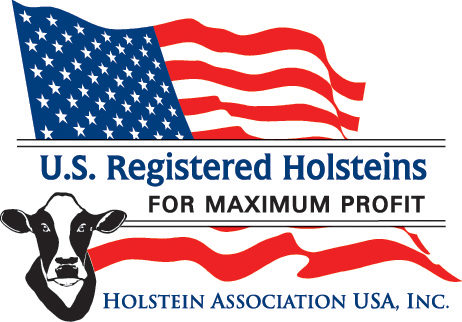If this issue’s contents have two underlying themes, they relate to planning ahead to avoid common herd health challenges on your dairies and the transfer of your business to the next generation.
I’d encourage you to read editor Peggy Coffeen’s article about one dairy that is investing dollars upfront in their new facility to make transition care easier. Most can relate to the general principle behind this – that of spending money on steel and concrete first to avoid ongoing pharmaceutical and labor cost later.
For example, once most everyone in the industry agreed on paper and in practice that sand bedding was the gold standard for udder health, new dairy barns were built with the capability to handle sand from the start.
New research is emerging in the area of transition cow housing and handling. Click here to read about the return on investment of one such facility design practice to minimize overcrowding in close-up pens.
I recently attended the American Dairy Science Association’s annual meeting and found that a good portion of new research is focused on better understanding and learning how to manage transition cow challenges with housing, nutrition and care. Reporting on that research will follow in issues this fall.
There’s one statement from this issue that I just can’t seem to get out of my head. I think it may make some feel safe about a new line of thinking in the industry. If you’re one of those dairy producers with teenagers, you know the ones you’ve been trying to get hooked on dairying or at least interested enough in one day coming back, this might be for you:
“Perhaps our interest shouldn’t be in handing our operation to the next of kin, but to the nearest of heart.”
The line was penned by one of our columnists, Karma Fitzgerald. Click here to read the entire column. I know it’s a tough statement to read as a parent and as the son or daughter in a long line of dairy producers. But if you’ve made attempts to snag the interest of your children in dairying and it’s just not working, perhaps this might be a new avenue for you to consider.
I wouldn’t suggest you give up your effort to seal the deal with your own kids. However, a new trend in agriculture might be the idea that leaving your farm to anyone but a family member may not be as repulsive as once thought.
(If the idea is of any interest to you, jump online and look up Mike Gangwer’s most recent column. He’s another one of our columnists who recently wrote about one farmer in the Northeast who is training a local couple with sincere interest in his farm how to run the operation.
He’s starting from the basics as the couple has no previous experience with livestock or farming. They get up when they fall down and are willing to learn. It’s an interesting experiment. One that I believe will be performed at least a few more times to see if it’s a viable farm transfer model.)
Whenever I go places, people always ask me what we’re up to. This summer we’ve had the most interns at Progressive Publishing that we’ve ever had. They are bright, young graduates or soon-to-be graduates.
Progressive Dairyman has two interns this summer – Holly Drankhan and Jennifer Janak. (It’s pronounced “Yanak” for those unfamiliar with Czech surnames.) You will begin to see both of their work in upcoming issues.
This issue contains an article from Holly, who aspires to become a veterinarian. She’s also a great writer, a skill that should serve her well throughout her career should she continue on into veterinary medicine. I would highly recommend you read her story . In fact, I’d recommend you read all of the first half of this magazine. The content is applicable to every dairy. PD

-
Walt Cooley
- Editor-in-chief
- Progressive Dairyman
- Email Cooley






